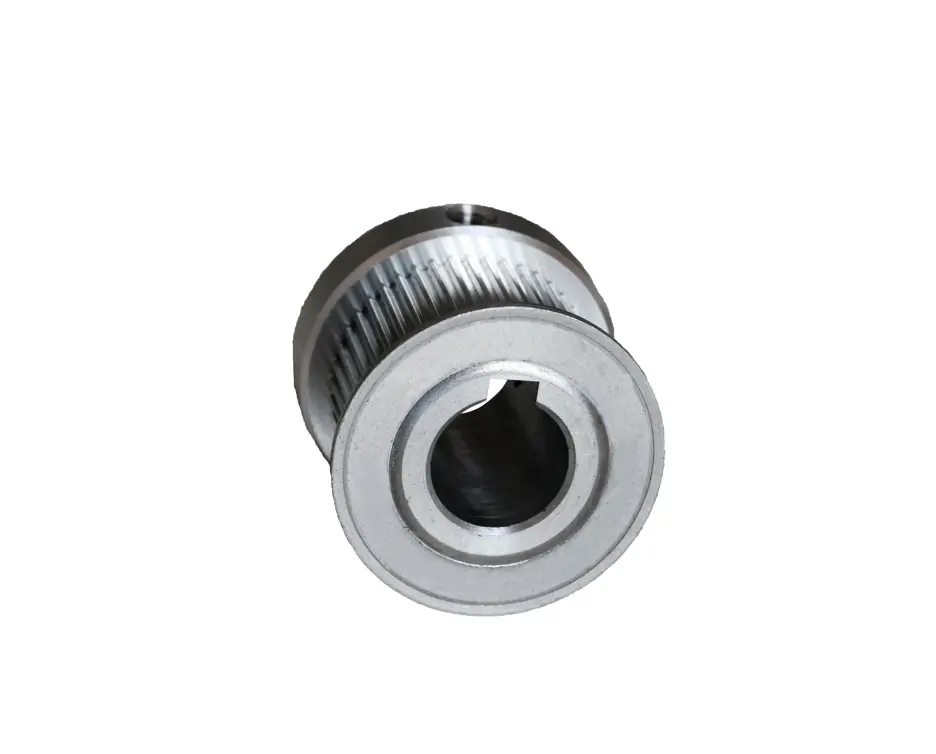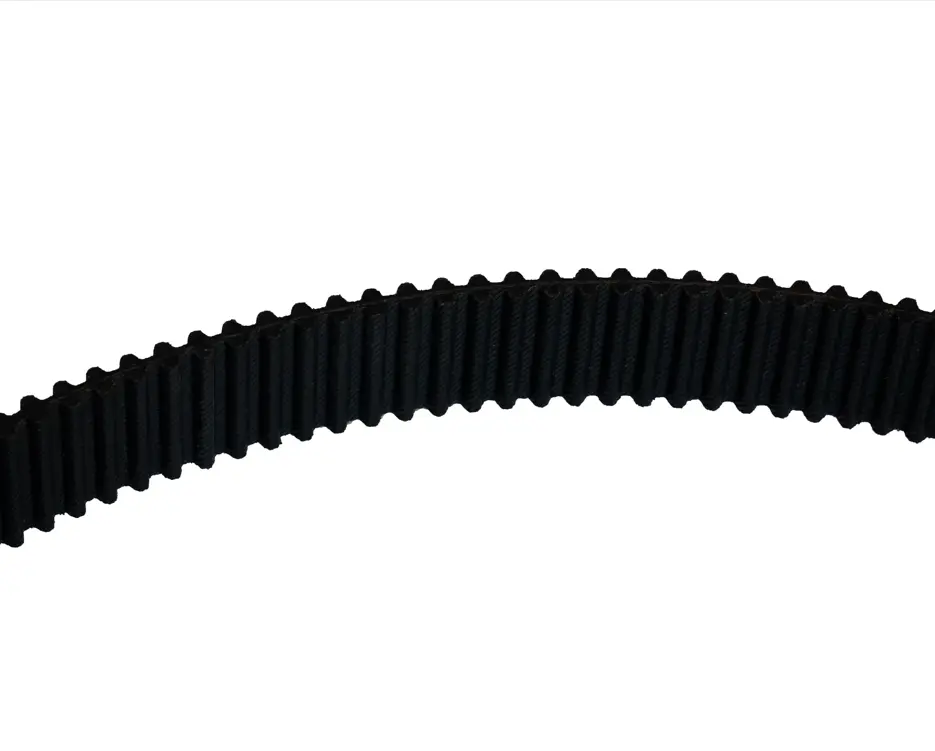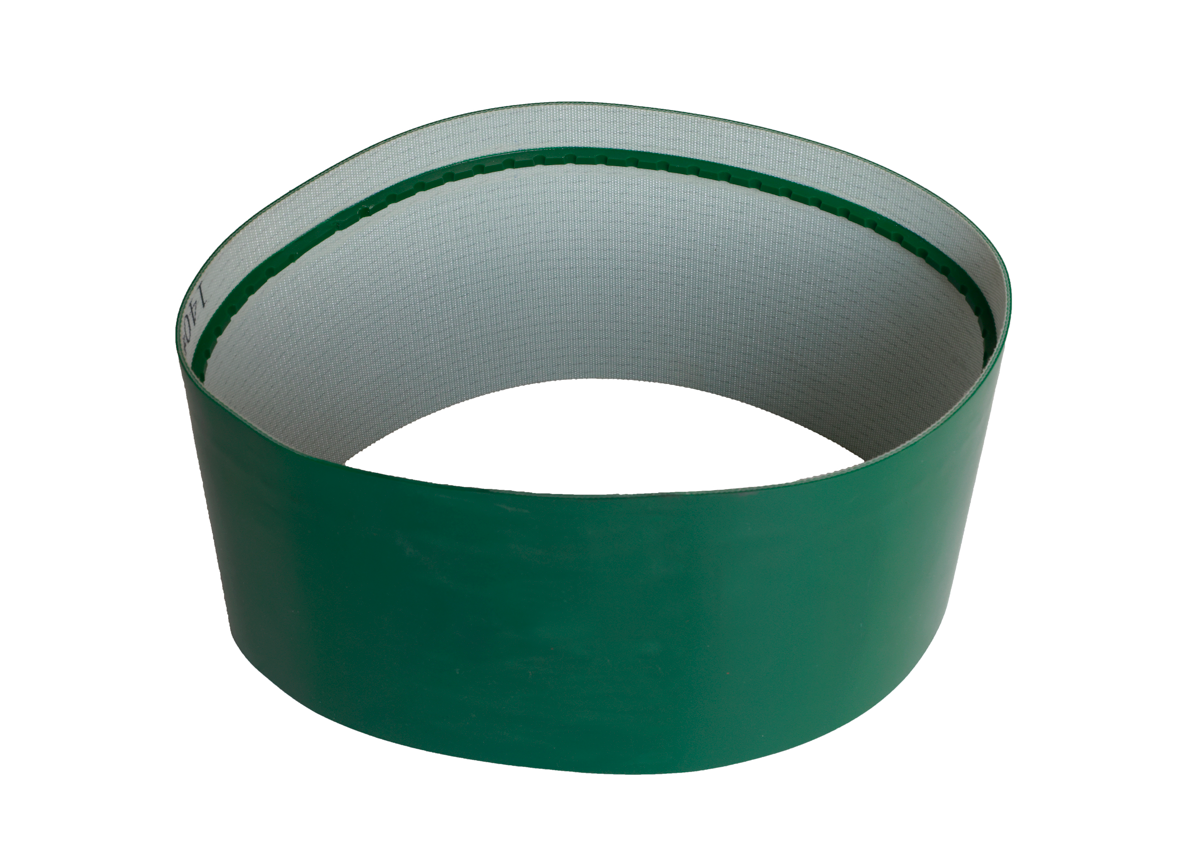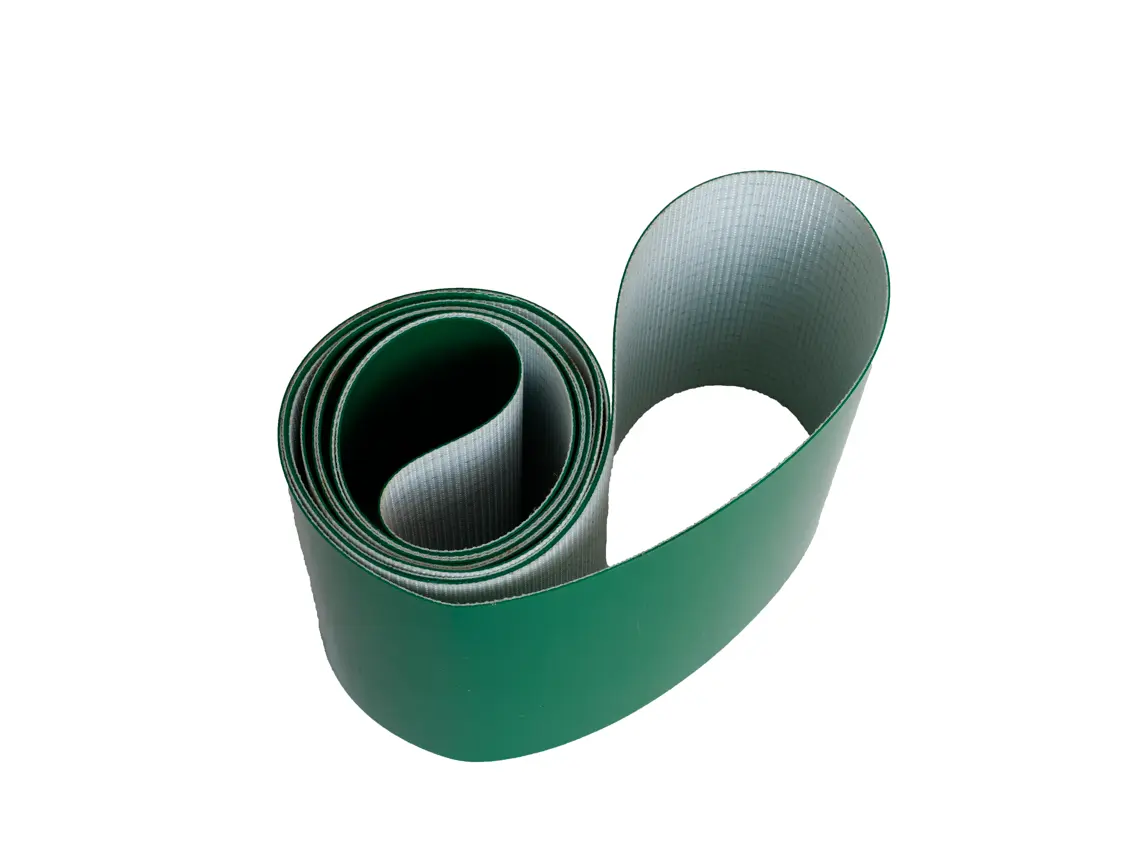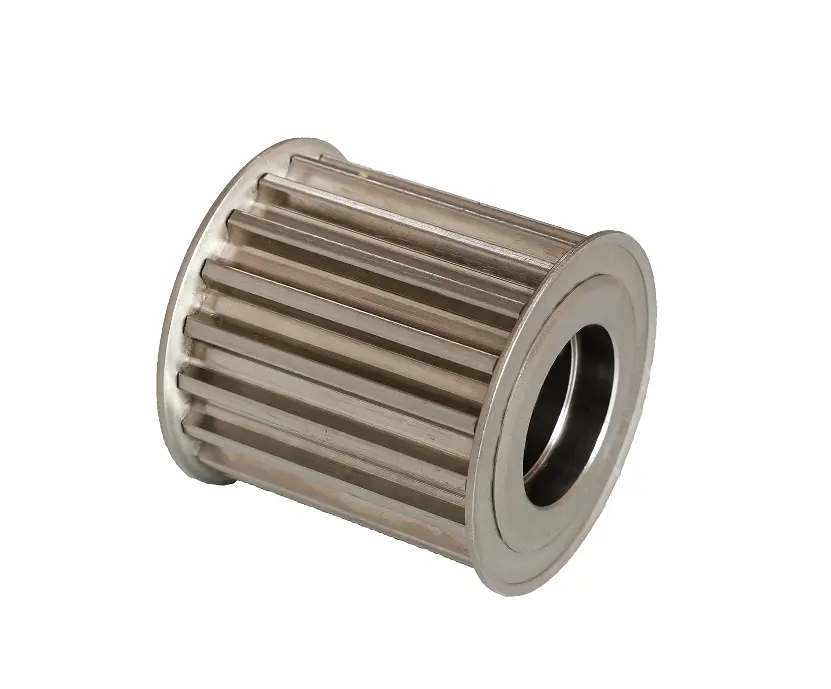Maximizing Efficiency in Robotics Using Rubber Timing Belts & Motors
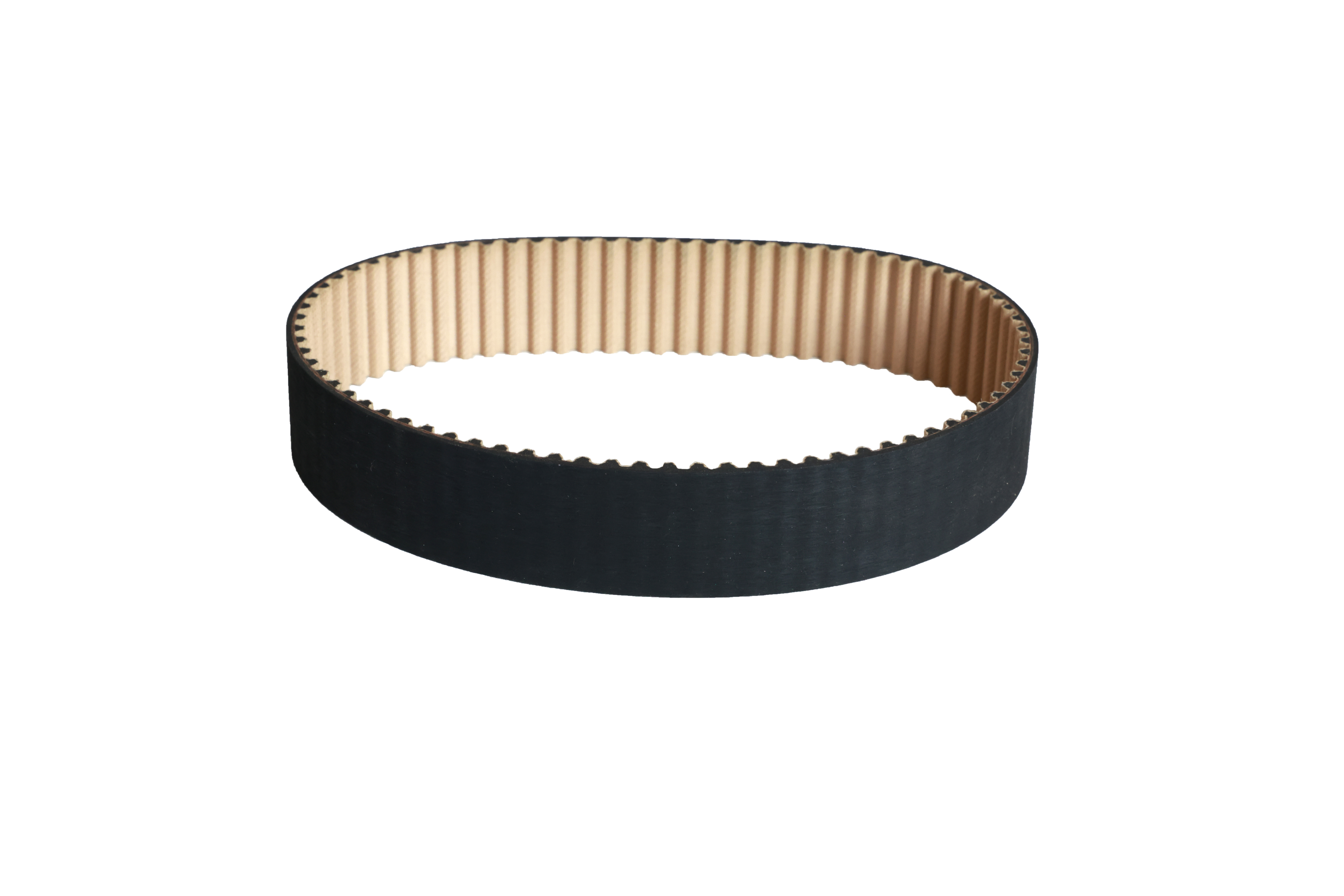
In robotics applications, precision plays a vital role. Accurate movements lead to better outcomes in various scenarios. Rubber Timing Belts, when combined with servo motors, offer significant advantages. They ensure smooth,precision transmission, which boosts overall efficiency. This combination not only improves productivity but also enhances the quality of robotic systems.
Key Takeaways
- Rubber timing belts provide precise movement and reliable performance, making them essential for efficient robotic systems.
- Servo motors enhance robotic efficiency by offering high accuracy and real-time feedback, crucial for precise movements.
- Integrating rubber timing belts with servo motors reduces noise and maintenance costs, leading to smoother and more reliable robotic operations.
Understanding Rubber Timing Belts
Rubber timing belts are essential components in robotics, providing precise movement and reliable performance. Understanding how they work, their specifications, and their advantages can help engineers and hobbyists make informed decisions when designing robotic systems.
Mechanics of Rubber Timing Belts
Rubber timing belts operate based on several fundamental mechanical principles. Here’s a quick overview:
| Mechanical Principle | Description |
|---|---|
| Positive engagement | Timing belts provide a no-slip engagement witH Pulleys due to their teeth matching the grooves. |
| Lubrication-free operation | They do not require lubrication, simplifying design in compact systems. |
| Environmental susceptibility | The material can degrade rapidly due to heat, chemicals, and oils in the application environment. |
These principles ensure that rubber timing belts deliver consistent and efficient performance in various robotic applications. Their design allows for flexibility and high tensile strength, enabling them to carry heavy loads while maintaining precise speed and timing. This reliability is crucial in environments where intricate assembly lines demand accuracy.
Technical Specifications of Rubber Timing Belts
When selecting a rubber timing belt for robotics, understanding its technical specifications is vital. Here are some standard specifications:
| Series | Units | Pitch | Tooth Height | Thickness |
|---|---|---|---|---|
| L | inch | 0.375 | 0.075 | 0.140 |
| XL | inch | 0.200 | 0.05 | 0.090 |
| MXL | inch | 0.080 | 0.02 | 0.045 |
| GT2 | mm | 2.00 | 0.76 | 1.52 |
These specifications help determine the belt's suitability for various tasks. For instance, the pitch and tooth height affect how well the belt engages with the pulleys, impacting overall performance.
Rubber timing belts are widely used in many applications, including:
- Robotics
- Data storage
- Hand power tools
- Postage handling
- Food processors
- Office machines
- Centrifuges
- Money handling
- Medical diagnostics
- Sewing machines
- Ticket dispensers
- Vending machines
- Vacuum cleaners
Advantages of Rubber Timing Belts
Rubber timing belts offer numerous advantages over other types of belts in robotics. Here’s a summary of their key benefits:
| Advantage | Description |
|---|---|
| Noise Reduction | Timing belts produce less noise. |
| Low Vibrations | They have low vibrations. |
| No Slippage Problem | Timing belts have no slippage problem. |
| High Mechanical Efficiency | Their mechanical efficiency is high, up to 98 percent. |
| Constant Velocity Ratios | Timing belts maintain constant velocity ratios. |
| Low Maintenance | They require low maintenance. |
These advantages make rubber timing belts an excellent choice for robotic systems. Their durability and reliability ensure that they can withstand the rigors of continuous operation. Moreover, they help reduce downtime and maintenance costs, allowing for smoother and more efficient robotic processes.
Servo Motors and Their Role
Servo motors play a crucial role in robotics, providing the precision and control necessary for various applications. Understanding the different types of servo motors, their compatibility with rubber timing belts, and their benefits can help engineers and hobbyists optimize their robotic systems.
Compatibility with Rubber Timing Belts
Integrating servo motors with rubber timing belts can enhance the performance of robotic systems. The positive engagement of timing belts ensures that the motor's output translates directly into precise movement. However, engineers should consider a few challenges when combining these components:
- Twisting of a shaft
- Flexing of a mechanical coupling
- Elasticity of A Timing Belt
- Gear backlash
Addressing these issues can lead to a more stable and efficient system. Proper alignment and tensioning of the rubber timing belt can mitigate these challenges, ensuring smooth operation.
Applications in Robotics
Rubber timing belts and servo motors play a significant role in various robotics applications. Their integration leads to improved efficiency and precision in many projects. Let’s explore some successful case studies, industry-specific applications, and future trends in robotics.
Case Studies of Successful Integrations
Several projects highlight the effective use of rubber timing belts and servo motors. For instance, one robotic end-effector rolls up cotton sheets using a servo motor and multiple rubber timing belts. This design allows for horizontal movement and brush rotation, showcasing how these components work together. The system also includes pulleys and Spur Gears, demonstrating practical applications in robotics.
Industry-Specific Applications
Different industries have adopted rubber timing belts and servo motors for various purposes. Here are some notable examples:
- Automotive: Used in engine timing systems for precise control.
- Food Processing and Packaging: Ensures smooth operation of conveyor systems.
- Robotics: Increasing use in automation and material handling.
- Textile Manufacturing: Applications in various processes, enhancing efficiency.
These applications illustrate how versatile and essential these components are across different sectors.
Future Trends in Robotics Integration
Looking ahead, experts predict exciting advancements in rubber timing belts and servo motors. Here are some key trends:
| Evidence Description | Impact | Source |
|---|---|---|
| 70% decrease in electrostatic discharge incidents after using specialized belts in wafer handling robots | Enhanced functionality and protection for sensitive electronics | Fanuc |
| 80% reduction in premature belt failures due to improper tension with automated tensioning solutions | Improved durability and reduced maintenance costs | Tier-one automotive supplier |
| Development of sensor-enabled belt concepts for wear detection | Aligns with predictive maintenance and operational efficiency goals | Optibelt and robotics sensor firms |
Future advancements will focus on durability, precision, and functionality. Integration with predictive maintenance systems will help prevent failures, while digitalization and IoT connectivity will drive innovation in the robotics market.
Integrating rubber timing belts with servo motors brings several key benefits. They enhance precision, reduce noise, and improve overall efficiency in robotic systems. This combination leads to better performance and reliability.
So, why not explore these technologies? Implementing them in your projects can elevate your robotics game! 🚀
FAQ
What are rubber timing belts used for in robotics?
Rubber timing belts provide precise movement and reliable performance in robotic systems, ensuring smooth operation and accurate positioning.
How do servo motors enhance robotic efficiency?
Servo motors offer high accuracy and real-time feedback, allowing robots to perform tasks with precision and adaptability.
Can rubber timing belts work with all types of servo motors?
Yes, rubber timing belts can integrate with various servo motors, but compatibility depends on specific design and application requirements.




